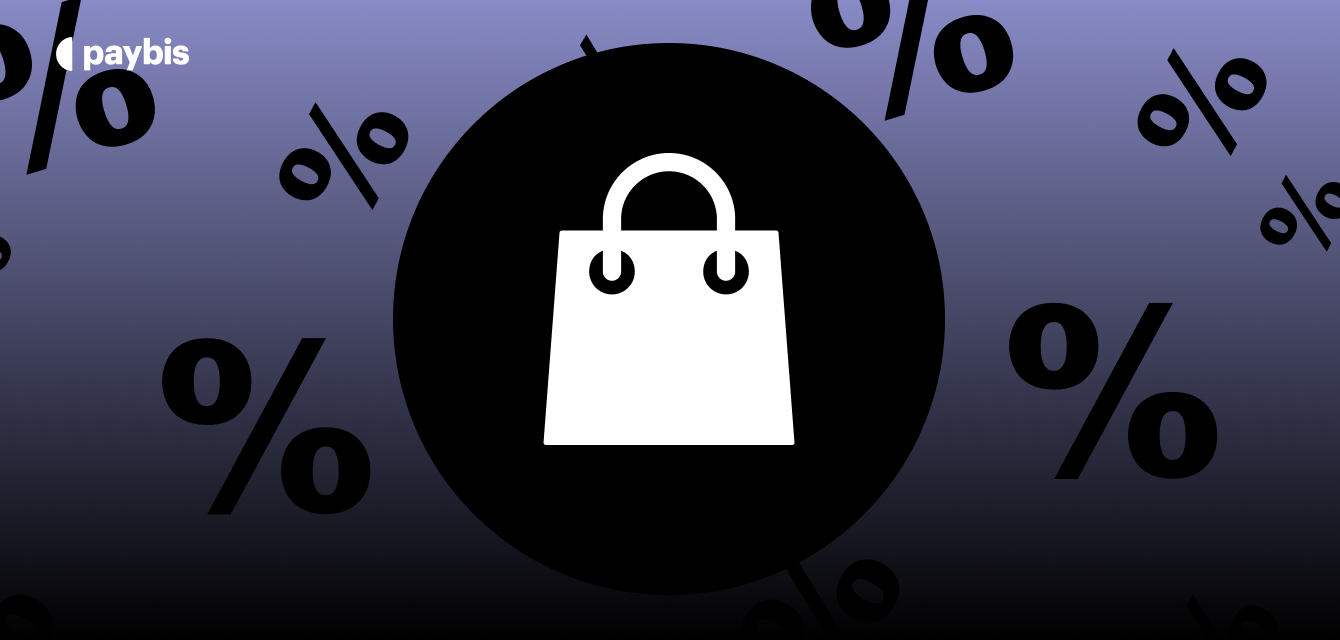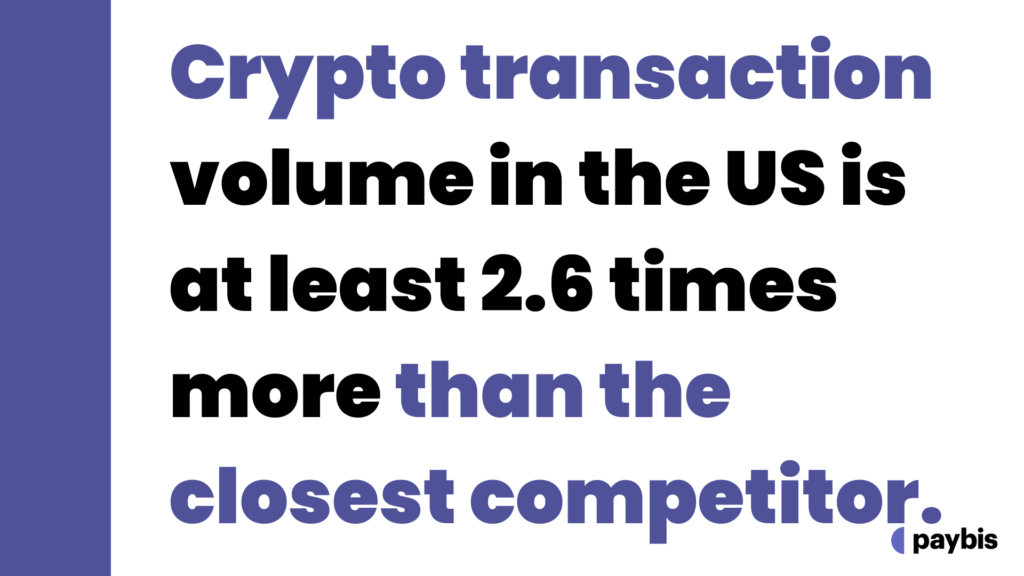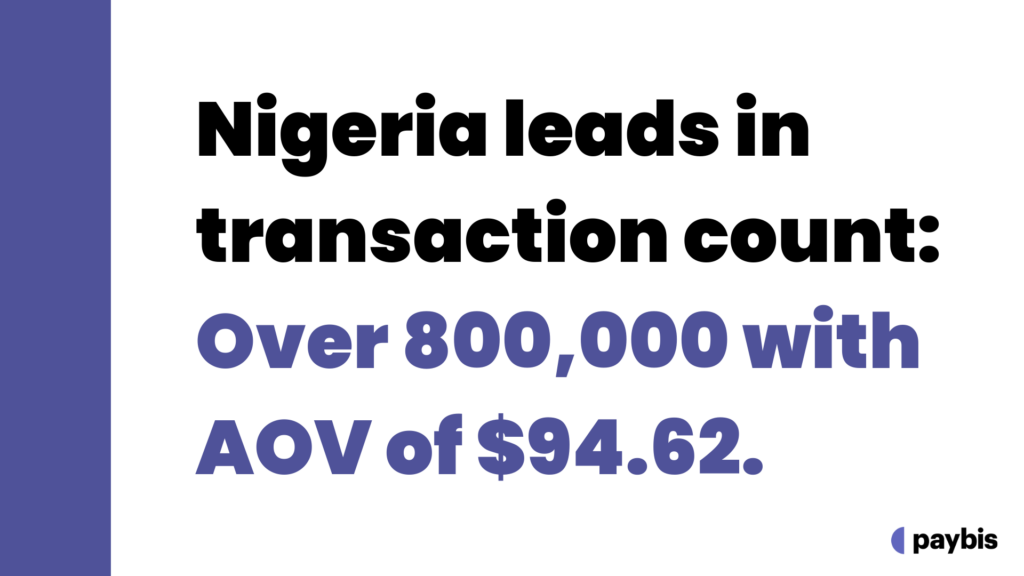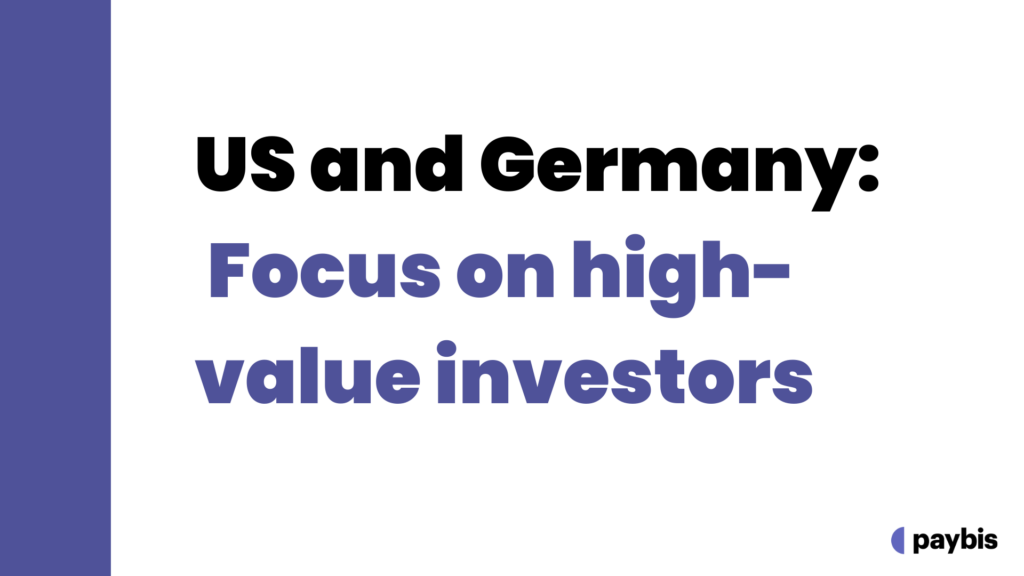The Strategic Importance of Knowing Average Purchase Amounts Globally
Across the globe, from the bustling markets of India to the tech-savvy streets of the United States, the AOV for cryptocurrency transactions varies significantly, reflecting diverse economic landscapes and consumer behaviors.
For instance, did you know that the average cryptocurrency purchase amount in the USA often surpasses that in other regions? To be more precise, our data shows that the volume of crypto transactions in the US is at least 2.6 times more than the country with the second-highest volume.
This isn’t just a number; it’s a window into how different regions interact with digital currencies.
As you integrate a crypto on-ramp into your website or app, understanding these nuances becomes more than just beneficial—it becomes crucial. The AOV isn’t just a figure; it’s a compass guiding your business strategies, pricing models, and market approaches.
Table of contents
AOV in Crypto Transactions: A Key Business Metric
The Paybis transaction data paints a vivid picture.
Consider the United States, where the average cryptocurrency purchase amount (AOV) is approximately $318.31. This high AOV, compared to other countries, indicates a robust market with significant investment potential.
However, the competition is likely just as fierce. This makes it risky for new startups to go all-in on the United States.
In contrast, take Nigeria, with an AOV of around $94.62 yet leading in transaction count with over 800,000 transactions. This scenario shows a high frequency of transactions with smaller individual values, indicative of different consumer behavior and market dynamics.
Germany presents another interesting case. Despite a lower transaction count of about 62,000, the AOV stands at $344.88 – higher than the USA. This higher AOV, despite fewer transactions, suggests a market with larger, but less frequent, crypto purchases.
These insights are crucial for shaping go-to-market (GTM) strategies, pricing models, and targeting the right audiences. Businesses can tailor their approach based on the unique AOV patterns in each market.
For example, in markets like the US and Germany, where the AOV is higher, strategies might focus on attracting high-value investors. In contrast, in markets like Nigeria, where transaction frequency is higher but the AOV is lower, the focus might shift to accessibility and ease of transaction.
Moreover, AOV can influence marketing channels. In high AOV markets, more personalized, targeted marketing might be effective, while in markets with a lower AOV but higher transaction frequency, broad-reach, high-engagement strategies could be more successful.
Pricing Strategy Insights
Pricing strategy is not just about setting the right numbers; it’s about understanding the market, the customers, and the unique economic environments of different regions.
This is where the average purchase amount becomes a pivotal tool for businesses allowing users to purchase cryptocurrency.
Understanding Regional Differences
High-Volume Markets (e.g., United States)
The United States leads in transaction volume, with an average transaction size of 4 times greater than its neighbor, Canada.
In such a market, a tiered pricing strategy can be effective. For instance, offering lower transaction fees for higher purchase amounts might encourage larger transactions.
Emerging Markets (e.g., Nigeria, India)
Nigeria and India, with average transaction sizes of $94.62 and $533.61 respectively, represent markets with varying levels of crypto adoption. In these markets, a penetration pricing strategy could be ideal. This involves setting lower prices initially to attract customers and gradually increasing them as the market matures.
Tailoring Strategies to Market Maturity:
Mature Markets (e.g., Germany, Canada)
In mature markets like Germany ($344.89 AOV) and Canada ($84.34 AOV), businesses could adopt a value-based pricing strategy.
This involves pricing services based on the perceived value to the customer, which is high in these technologically advanced and economically stable regions.
Developing Markets (e.g., Bangladesh, South Africa)
For developing markets such as Bangladesh ($444.67 AOV) and South Africa ($339 AOV), cost-plus pricing might be more appropriate.
Here, prices are set by marking up costs by a certain percentage, ensuring affordability in price-sensitive markets.
Adapting to Local Economic Conditions
High GDP per Capita (e.g., Singapore, Norway)
In countries with high GDP per capita like Singapore ($655.62 AOV) and Norway ($269.13 AOV), businesses can implement premium pricing strategies. This involves setting higher prices that reflect the higher economic status of the average consumer.
Lower GDP per Capita (e.g., Ukraine, Vietnam)
Conversely, in countries with lower GDP per capita such as Ukraine ($943.14 AOV) and Vietnam ($1,364.30 AOV), a competitive pricing strategy could be more effective. This means setting prices comparable to or slightly lower than competitors to capture the price-sensitive segment of the market.
Competitive Advantage in a Global Market
Consider this: the US leads in crypto transaction volumes, with an average transaction size of $318.31, a stark contrast to countries like Canada and Nigeria, where the AOVs are $84.34 and $94.62 respectively. This disparity isn’t merely numerical; it reflects varied market maturities, consumer behaviors, and economic conditions.
By understanding these differences, businesses can tailor their services to meet the unique demands of each market, offering personalized experiences that set them apart from competitors.
In high-volume, mature markets like the US, businesses can focus on offering advanced features and premium services, catering to a clientele that is both financially robust and technologically savvy. In contrast, in emerging markets like Nigeria, where the crypto adoption is still in nascent stages, the focus could be on accessibility, ease of use, and educational resources, appealing to a rapidly growing customer base.
Moreover, these AOV insights enable businesses to forecast market trends, anticipate changes in consumer behavior, and adjust their strategies accordingly. This proactive approach not only helps in retaining current customers but also in attracting new ones, thus expanding market share.
Conclusion
AOV is not just a mere statistic; it’s a critical lens through which businesses can view and comprehend the varied and intricate tapestry of global markets.
From the high-volume transactions in the US to the frequent, smaller transactions in Nigeria, each pattern of AOV reveals unique consumer behaviors and economic conditions.
By tapping into these insights, businesses can craft tailored strategies that resonate with each market’s specific needs and opportunities.
Whether it’s adopting a tiered pricing strategy in the US, focusing on accessibility in emerging markets like Nigeria, or leveraging premium pricing in high GDP countries like Singapore, the right approach to AOV can lead to enhanced market penetration, customer satisfaction, and ultimately, a significant competitive edge.
Follow the Paybis blog for deeper insights that can take your business from zero to one in new markets around the world.
Disclaimer: Don’t invest unless you’re prepared to lose all the money you invest. This is a high‑risk investment and you should not expect to be protected if something goes wrong. Take 2 mins to learn more at: https://go.payb.is/FCA-Info








